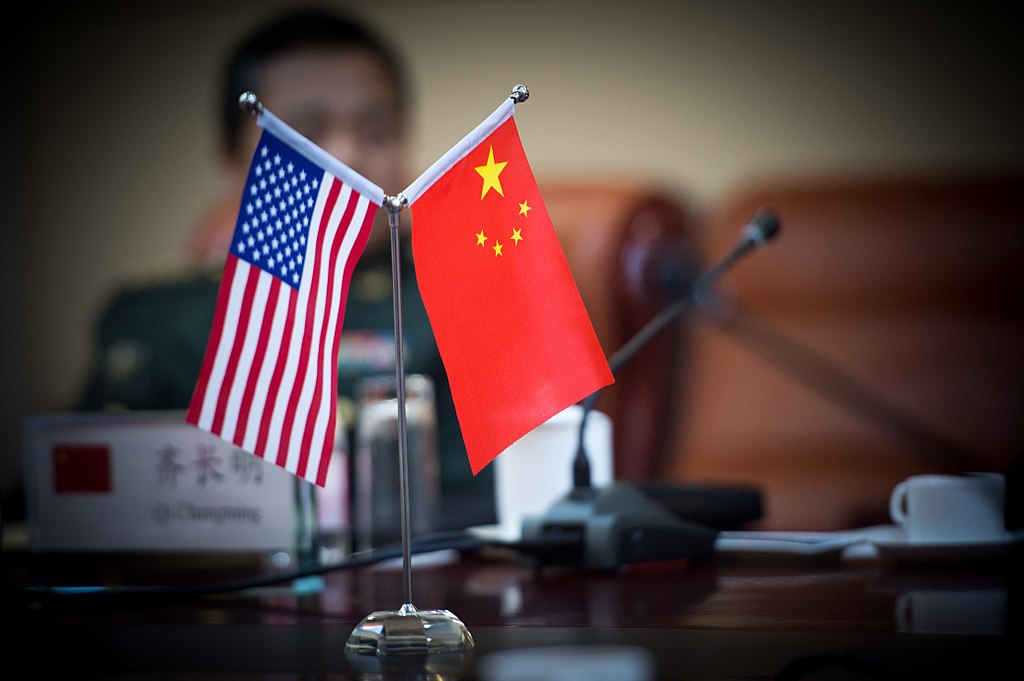On November 20, 2018, United States Trade Representative released a 53-page report updating information on its Section 301 investigation of China’s acts, policies, and practices related to technology transfer, intellectual property and innovation.
“We completed this update as part of this Administration’s strengthened monitoring and enforcement effort,” Ambassador Robert Lighthizer said. “This update shows that China has not fundamentally altered its unfair, unreasonable, and market-distorting practices that were the subject of the March 2018 report on our Section 301 investigation.”
The announcement was released 10-days before the U.S. President and trade representatives plan to meet with Chinese officials at the G20 Summit in Buenos Aires, Argentina on November 30th. The United States has been locked in an on-going trade battle with China since March, citing unreasonable and discriminatory practices bringing harm to American businesses.
U.S. SECTION 301 CLAIMS AGAINST CHINA:
- China uses foreign ownership restrictions, such as joint venture (JV) requirements and foreign equity limitations, and various administrative review and licensing processes, to require or pressure technology transfer from U.S. companies.
- China’s regime of technology regulations forces U.S. companies seeking to license technologies to Chinese entities to do so on non-market-based terms that favor Chinese recipients.
- China directs and unfairly facilitates the systematic investment in, and acquisition of, U.S. companies and assets by Chinese companies to obtain cutting-edge technologies and intellectual property and generate the transfer of technology to Chinese companies.
- China conducts and supports unauthorized intrusions into, and theft from, the computer networks of U.S. companies to access their sensitive commercial information and trade secrets.
U.S. concerns have also been echoed by other trading partners; the European Union (EU) and Japan have both confirmed shared views “that no country should require or pressure technology transfer from foreign companies to domestic companies, including, for example, through the use of JV [joint-venture] requirements, foreign equity limitations, administrative review and licensing processes, and other means.”
And despite coordinated meetings throughout May and June, trade tensions only escalated as both sides imposed equivalent tariffs against each other. In September, the Information Office of China’s State Council issued a 71-page whitepaper, The Facts and China’s Position on China-US Trade Friction, addressing Section 301 investigations and denouncing U.S. actions as “trade bullyism.”
As it stands, under the Section 301 update, the USTR has concluded that China has not fundamentally altered its acts, policies, and practices related to technology transfer, intellectual property, and innovation – and indeed appears to have taken further unreasonable actions in recent months.
SECTION 301 REPORT UPDATE HIGHLIGHTS:
- China continues its policy and practice of conducting and supporting cyber-enabled theft and intrusions into the commercial networks of U.S. companies and those of other countries, as well as other means by which China attempts illegally to obtain information. This conduct provides the Chinese government with unauthorized access to intellectual property, including trade secrets, or confidential business information, as well as technical data, negotiating positions, and sensitive and proprietary internal business communications;
- Despite the relaxation of some foreign ownership restrictions and certain other incremental changes in 2018, the Chinese government has persisted in using foreign investment restrictions to require or pressure the transfer of technology from U.S. companies to Chinese entities. Numerous foreign companies and other trading partners share U.S. concerns regarding China’s technology transfer regime;
- China’s discriminatory licensing restrictions and how the United States has requested consultations and is pursuing dispute settlement under the WTO in China – Certain Measures Concerning the Protection of Intellectual Property Rights (WT/DS542). China continues to maintain these discriminatory licensing restrictions;
- Despite an apparent aggregate decline in Chinese outbound investment in the United States in 2018, the Chinese government continues to direct and unfairly facilitate the systematic investment in, and acquisition of, U.S. companies and assets by Chinese entities, to obtain cutting-edge technologies and intellectual property and generate large-scale technology transfer in industries deemed important by state industrial plans. Chinese outbound investment is increasingly focused on venture capital (VC) investment in U.S. technology centers such as Silicon Valley, with Chinese VC investment reaching record levels in 2018.
In the period following the publication of the Section 301 Report, China has also deliberately downplayed the importance of and reduced official media attention on the Made in China 2025 policy, while continuing to implement it on a large scale. The Made in China 2025 Key Area Technology and Innovation Greenbook – Technology Roadmap (2017), for example, sets explicit market share and other targets to be filled by Chinese producers both domestically and globally in dozens of high-technology industries.
China’s cyber-enabled theft against the United States has also increased in frequency and sophistication since the March 2018 issuance of USTR’s findings. Chinese state-sponsored entities have been identified attacking firms in cloud computing, Internet of Things, artificial intelligence, biomedicines, civilian space, alternative energy, robotics, rail, agricultural machinery, and high-end medical devices sectors.
The White House National Cyber Strategy, published in September 2018, concluded that “China engaged in cyber-enabled economic espionage and trillions of dollars of intellectual property theft.”
As January’s threat of tariffs on all Chinese imports draws closer, the international trade community’s eyes will be on the G20 Summit in a few days and the impacts of this important meeting between China and the United States.
VISIT GREEN’S TRADE TRACKER: TARIFFS & TRADE TIMELINE & RESOURCES
As Green continues to monitor the situation, stay up-to-date on freight news by following us on Facebook, Twitter, and LinkedIn. For continuous updates, make sure to check out our website at greenworldwide.com.
Supply chain SOS? Contact Green Worldwide Shipping and start moving freight forward.






